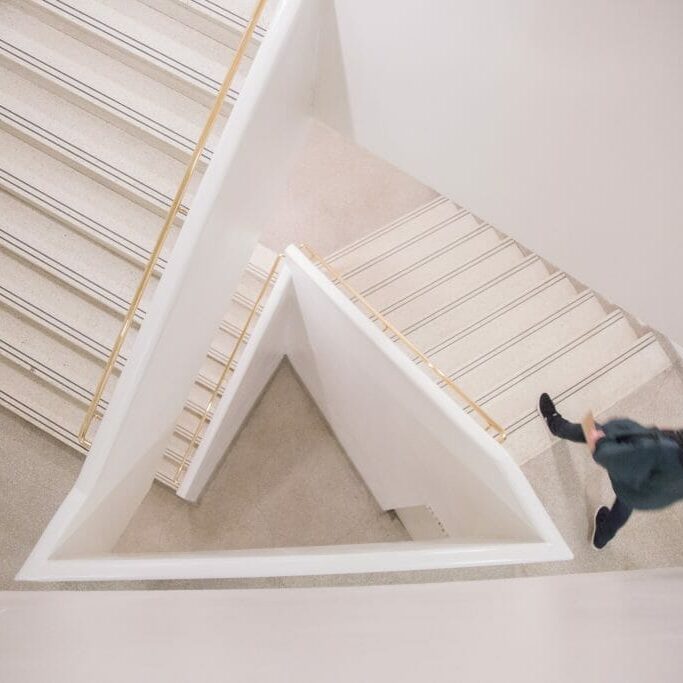
Censoring the arts
Animal rights activists cause Guggenheim to pull artwork from historical and political art exhibit
Art and China after 1989: Theater of the World is an exploration of and into the cultural, historical, and political landscape of China.
It will be the largest exhibition of this topic to ever take place in North America; the exhibition opened at the Guggenheim Museum in New York City on Oct. 6, and three major works, including the exhibition highlight, titled Theater of the World by Huang Yong Ping, have been pulled.
This last minute adjustment to the selection of works that will be displayed at the Guggenheim, is the result of vehement protest from animal rights activists. Perhaps to call the uproar a protest is an understatement.
The Guggenheim has stated that the response to these works is well beyond anything they have ever faced in past instances of art controversy. The Guggenheim has received threats of violence against the artists, the museum, and museum staff.
The opposition to these exhibitions is misguided, and demonstrates a narrowing public view that is ultimately detrimental to society.
The work titled Dogs that Cannot Touch Each Other is a video showing four American pit bulls running on non-motorized treadmills aligned so that the pit bulls are facing each other, but can’t touch. The running is divided into three segments: seven minutes of running, followed by seven minutes of rest, followed by another seven minutes of running. This is meant to represent the circularity and savagery of human life.
The next work, titled A Case Study of Transference is a video showing two pigs copulating in front of an audience, each painted with illegible Chinese and roman lettering; this is meant to represent the intersection between the primitive and the modern influences associated civilization.
Finally, the signature work, Theater of the World involves many insects and reptiles enclosed in a wooden structure and represents human nature, and the workings of modern society, in that throughout the span of the exhibit, some animals will survive by eating the others, while some will die out.
The three works that were pulled from the exhibit are undoubtedly controversial and the ideas represented may be uncomfortable. The three works are not a violation of animal rights.
Dogs that Cannot Touch Each Other is the primary topic of debate regarding animal rights. The pit bulls featured in the piece were thoroughly cared for, they were examined by veterinarians both before and after the performance.
Meiling Cheng, a notable performance art critic, writes in her essay studying the artists’ works, that “during the intermission, the human trainers cared for the dogs diligently, giving them water and rubbing down their furry bodies to relax their muscles.”
One can hardly say that 14 minutes of running is strenuous for any large healthy dog, let alone the trained fighting dogs featured in the art work.
The other two works, A Case Study of Transference and Theater of the World have not been discussed in detail in regard to animal rights, likely because these exhibits are more straightforward in terms of animal treatment, as well as the fact that dogs are usually assigned greater anthropomorphic value, given the role of domesticated dogs in western culture.
The role of art is not to conform within the current border of acceptable ideas.
With the removal of these works, one must question our decreasing ability to introspect clearly into the realities of the modern world – ideas that veer outside of these borders in any way, are often faced with insurmountable resistance. The wider implications of art should take precedent over the significantly narrower implications regarding the technicalities of animal treatment given that the animals weren’t harmed.
The issue with these artworks is not in the direct treatment of these animals, but in the degradation of the animals to mere spectacles of human entertainment. If this is the case, consider air Air Bud, and other animal-based movies; animals are used for entertainment purposes, and yet, are not met with controversy.
It’s the reason that the controversy over the Guggenheim artworks is unwarranted. These animals were not harmed in the making of these artworks, to call these works a spectacle isn’t valid. The purpose is not to draw focus to the animals themselves, but to the ideas they represented.
These artworks reflect the human injustice and oppression that occurs on a much larger scale, and to a much greater severity. Perhaps the conversation ought to be about that.






